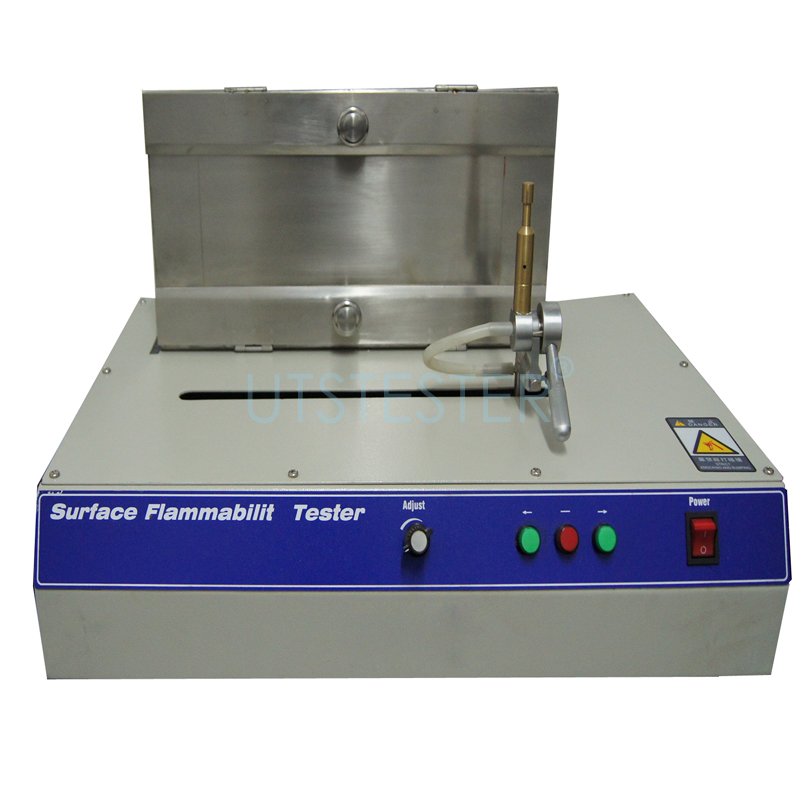 +86 152 6060 5085
+86 152 6060 5085
 +86 152 6060 5085
+86 152 6060 5085
2019-04-18
ASTM E 84: standard test method for surface burning characteristics of building materials
Flame propagation refers to the development of flames on the surface of materials.The flame propagation property is often tested by tunnel method and radiant plate method.
ASTM E84 /ASTM E84 test method:
Surface flammability tester is used to determine the flame propagation rate of building materials (as well as the concentration of smoke). According to ASTM E 84, the equipment used for the tunnel method is a 7.62m long steel groove lined with firebrick with an open end cross section of 0.45m*0.30m, with a window on the side of the groove.

This test is similar to the standard:
UL 723, NFPA 255, UBC 42-1, CAN/ULC s-102, ANSI 2.5
The tunnel test compares the surface combustion characteristics of the tested material with asbestos plywood and untreated red oak.Class 0 asbestos plywood, class 100 raw red oak flooring.The flame propagation rate of various untreated woods ranges from 60 to 230.In this test, smoke from the combustion process is also measured and rated on the same scale.These levels were established within the first 10 minutes.Unlike fire-resistant coatings, however, building codes require tests to be extended from 10 minutes to 30 minutes, flame propagation to no more than 1/2 foot of the burner, and no further signs of burning are required.
Notes:
1) ASTM E84 mainly evaluates the flame propagation index (FSI) and smoke density of materials or finished products, and provides the curve of the changes of these two parameters over time during the combustion process.
2) at least one size of the specimen: 0.51 m *7.32 m * with the maximum thickness (if the length is not enough, it needs to be spliced).
The ignition source was 2 gas flamethrowers, and the energy output was 5.3mj /min. It was located 190mm below the specimen, parallel to the end of the laboratory fire, and 305mm apart.The test time was 10 minutes and the FSI (flame spread index) value was measured according to the test.
3) the FSI value (between 0-200) and smoke density value of the material determined by the tunneling method classify the material.High-rise buildings and corridors, FSI<25, FSI=25-100 materials can only be used in places with low fire requirements, FSI>100 materials do not meet the flame retardant requirements.The standard divides FSI values into three categories: class A 0-25, class B 26-75, and class C 76-200.And the smoke index is less than 450.
This method is equivalent to NFPA 5 and UL723. The FSI of general building materials determined by this method is 0~25 for class A, 26~75 for class B and 76~200 for class C, and the smoke index is less than 450 (or the smoke density determined by ASTM D 2843 is less than 75).For rigid foam, FSI should be less than or equal to 25 (or ASTM D 2843 method less than or equal to 75) and smoke index less than 450.
Email: hello@utstesters.com
Web: www.utstesters.com
Tel: +86 596 7686689
Direct line: +86 15260605085
Previous article :
Taber wear tester calibration methodNext article :
Test method for moisture resistance of rustproof paper